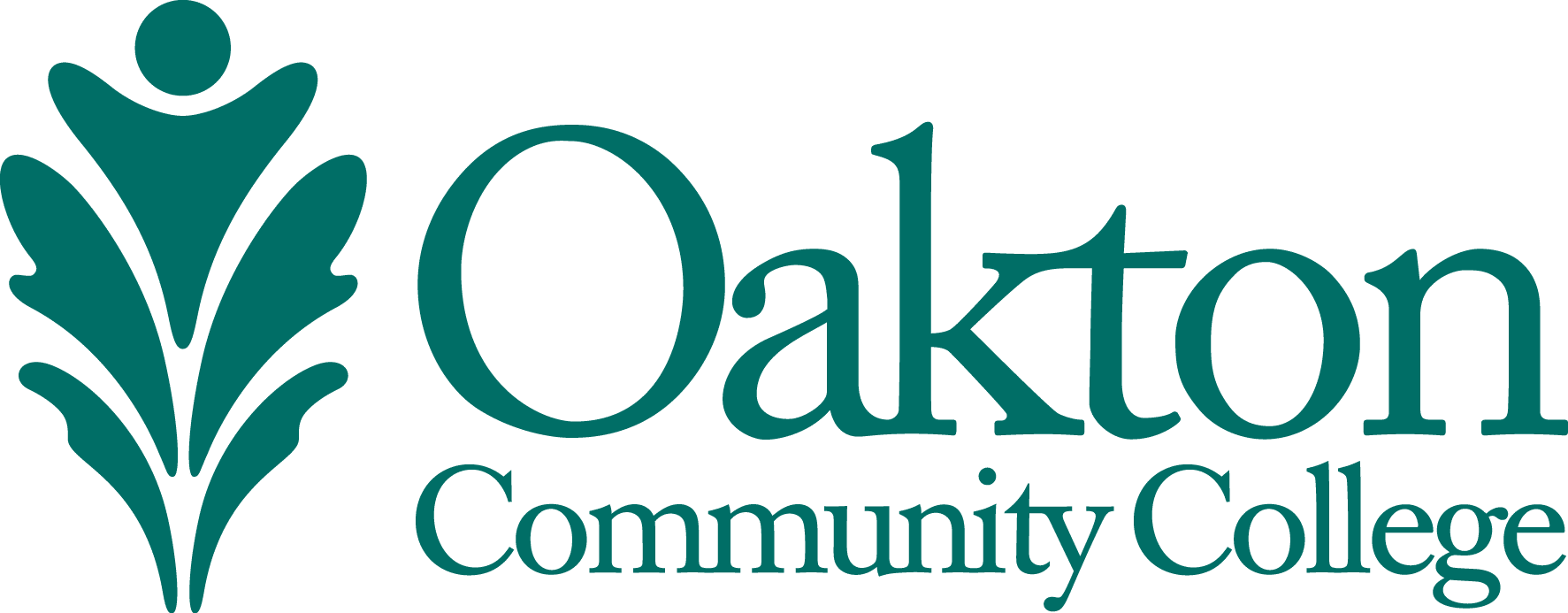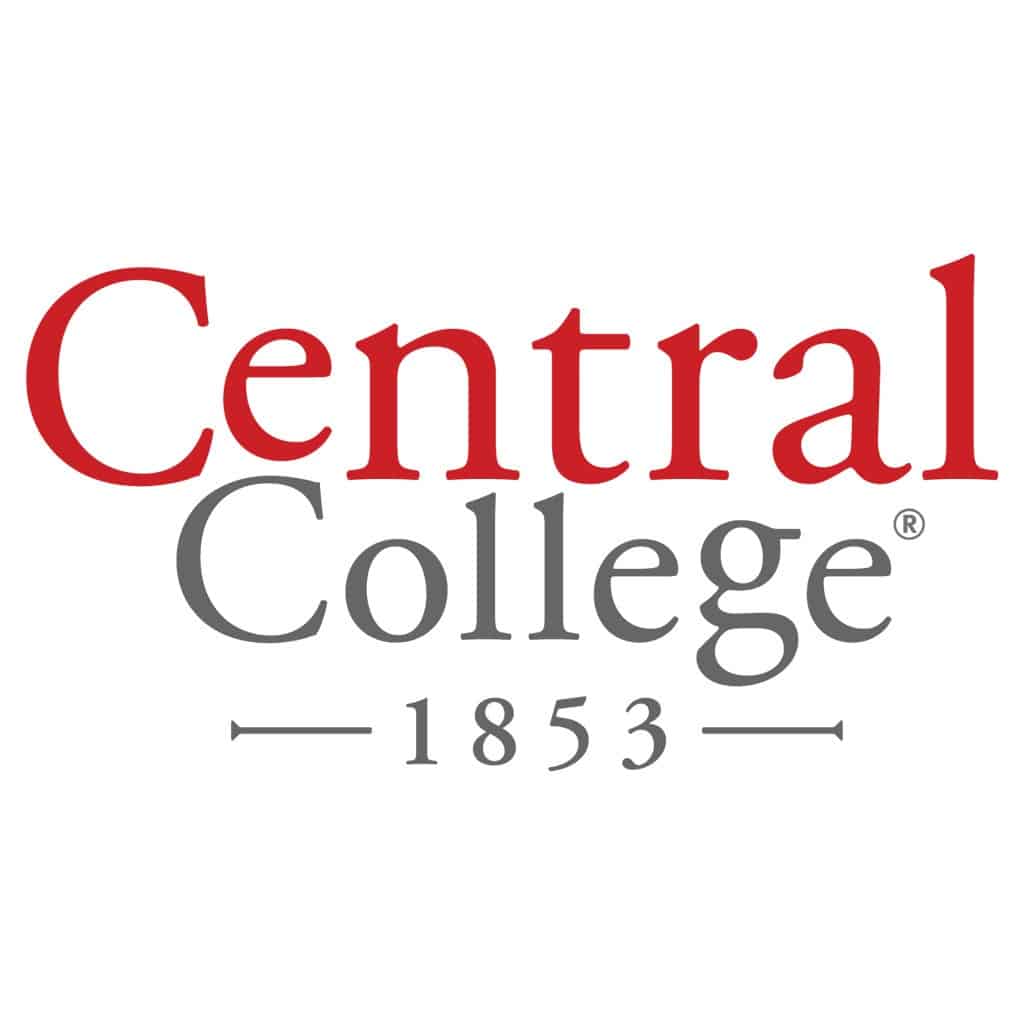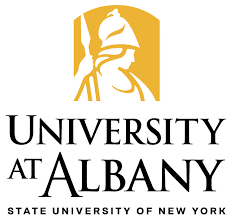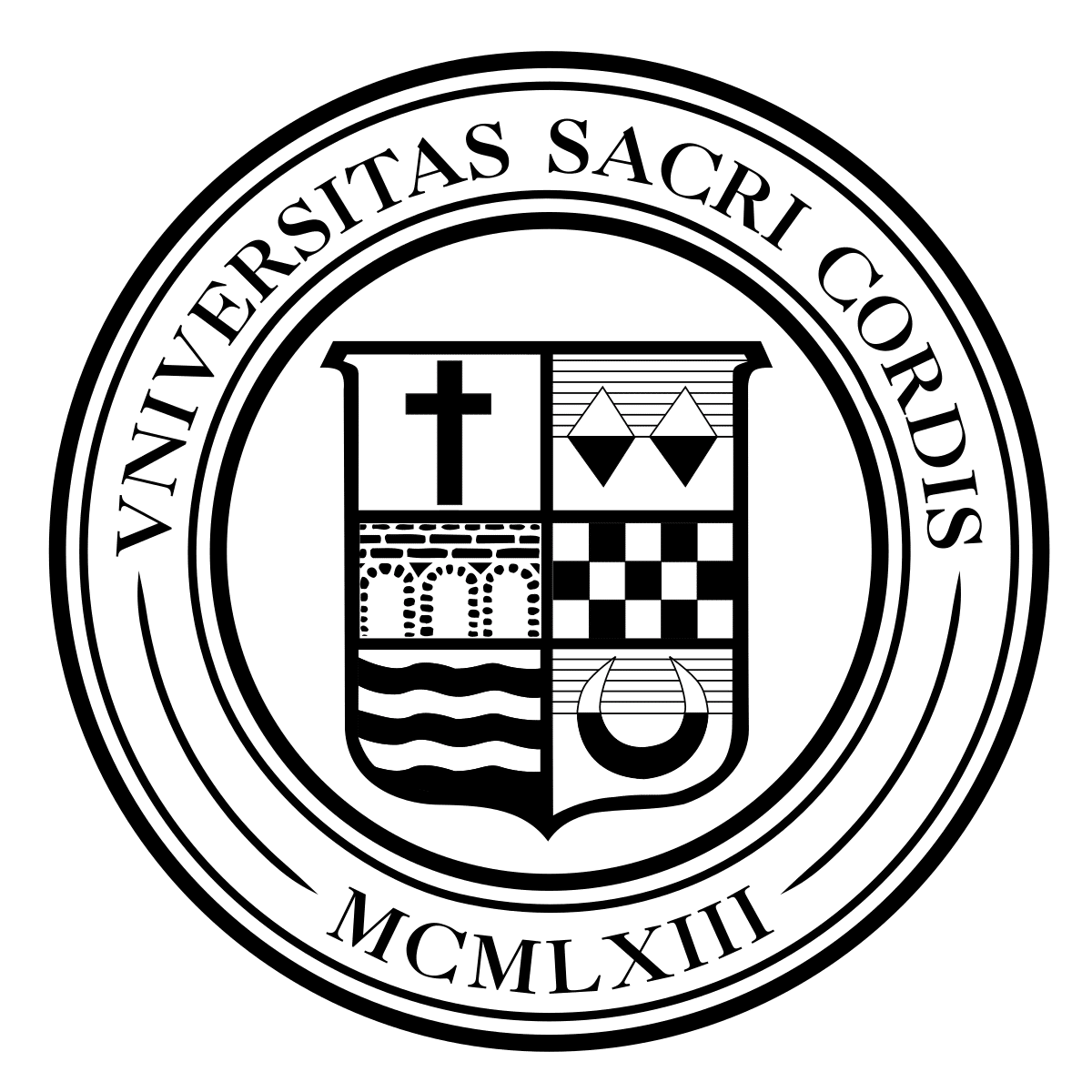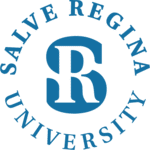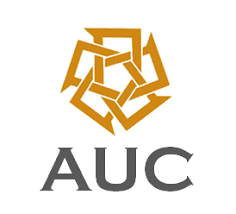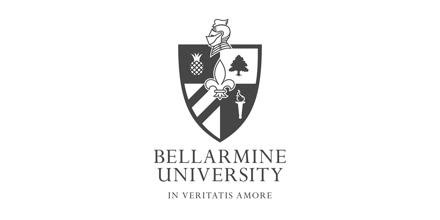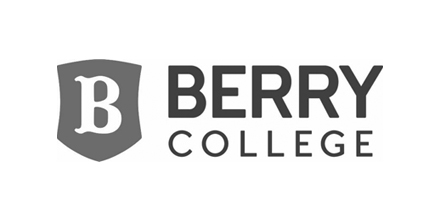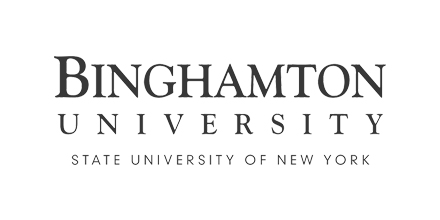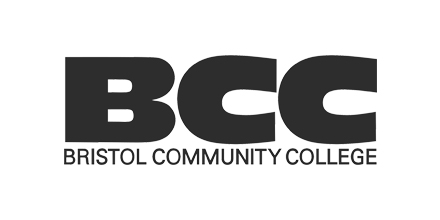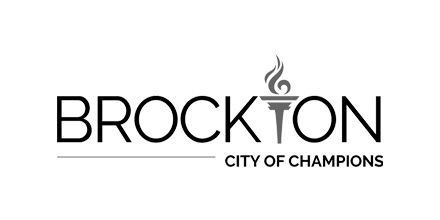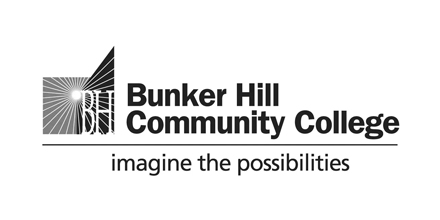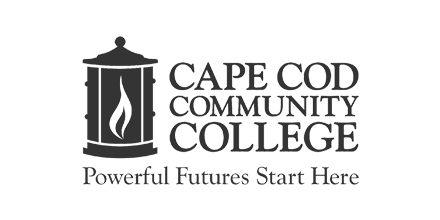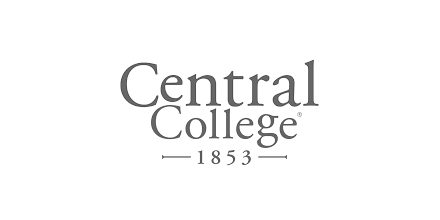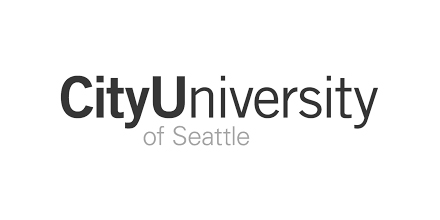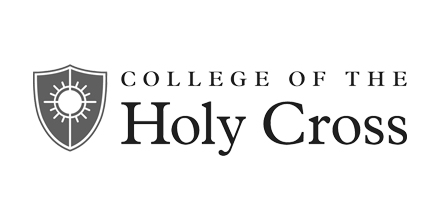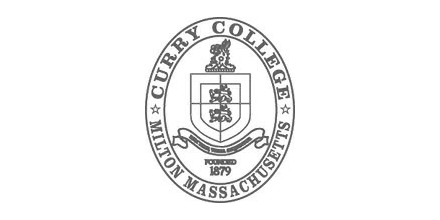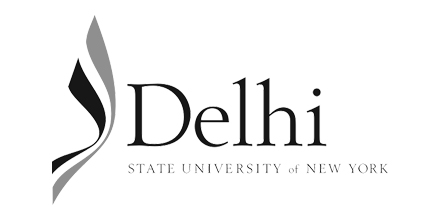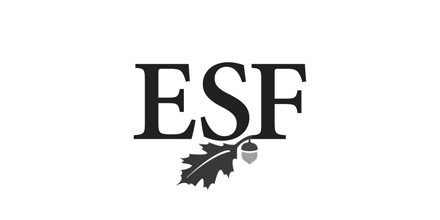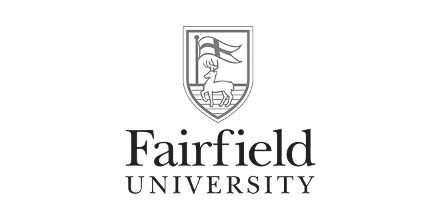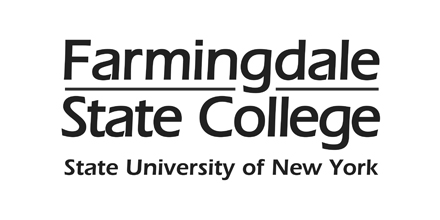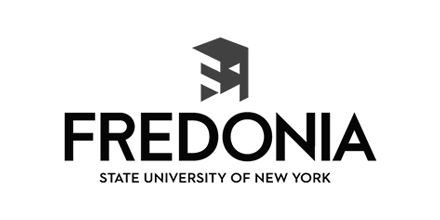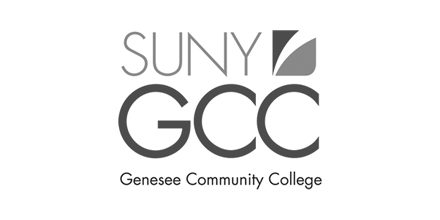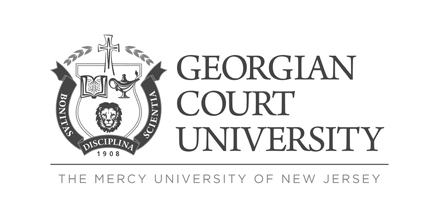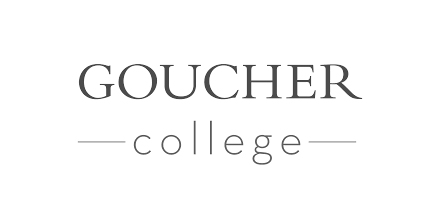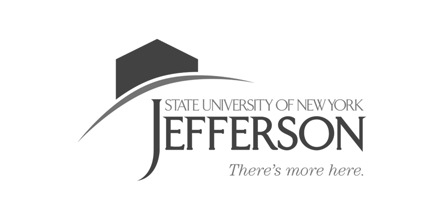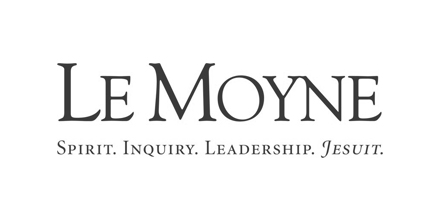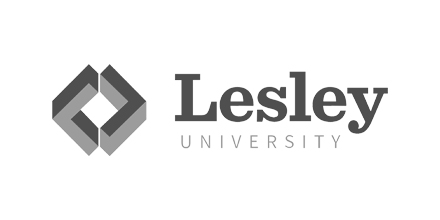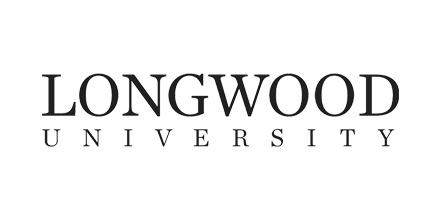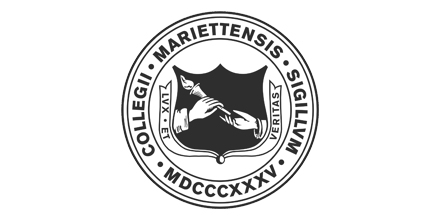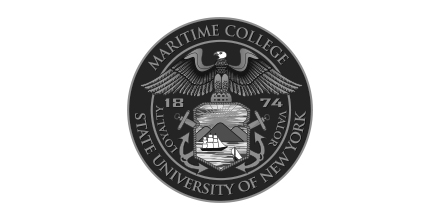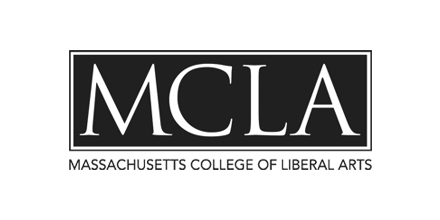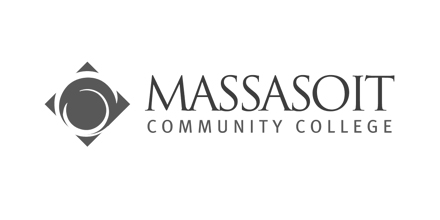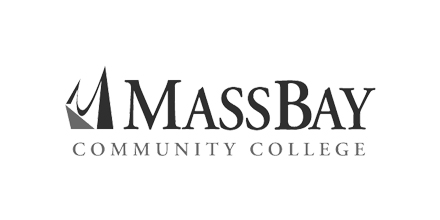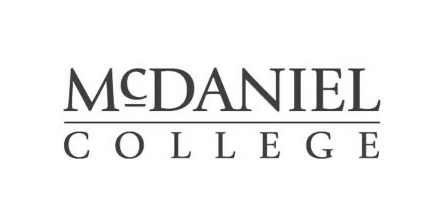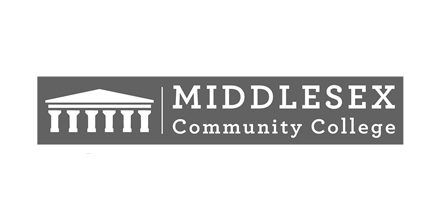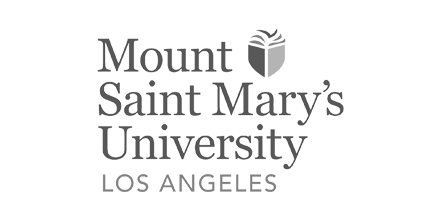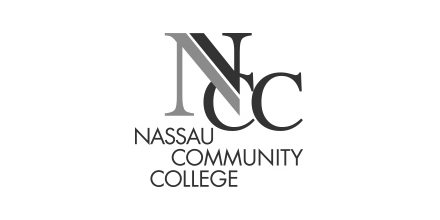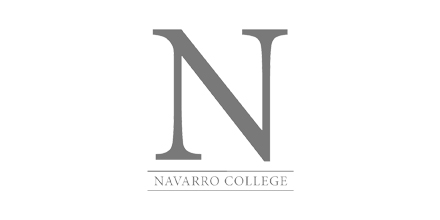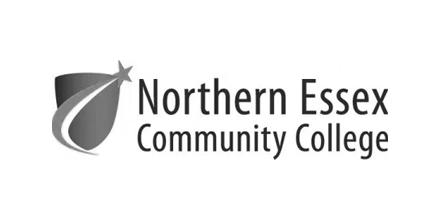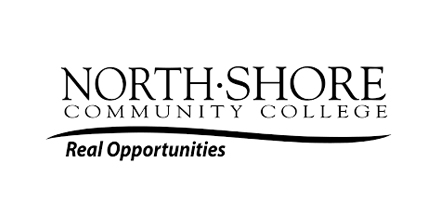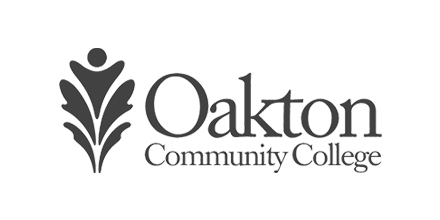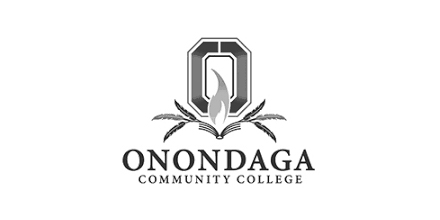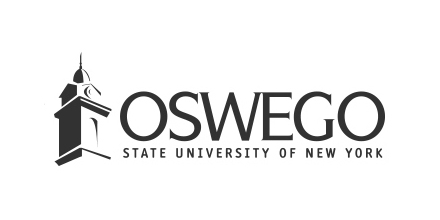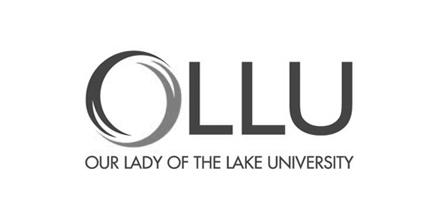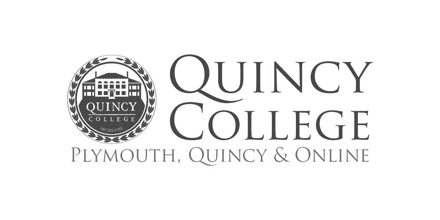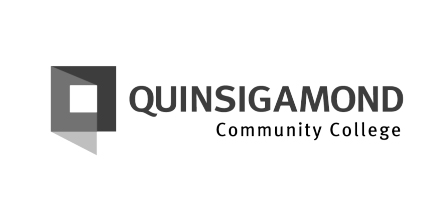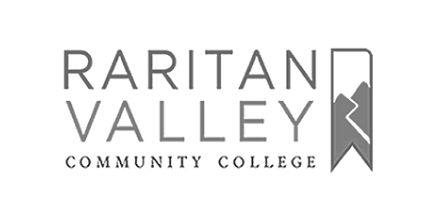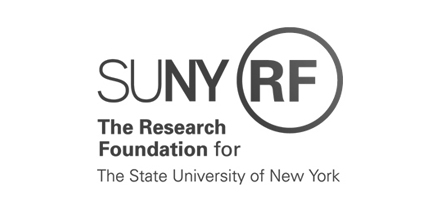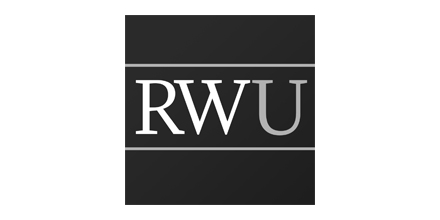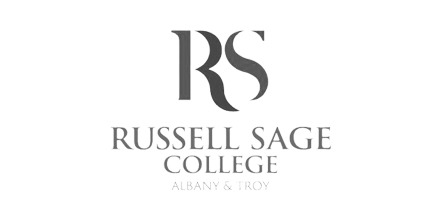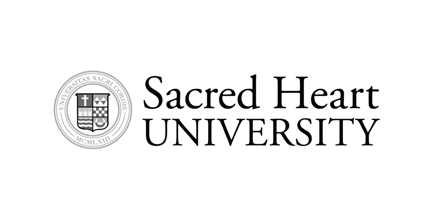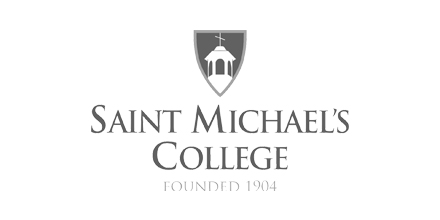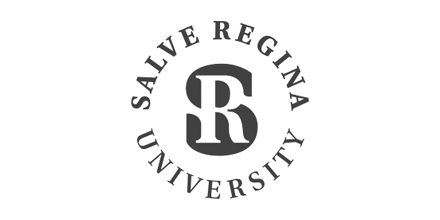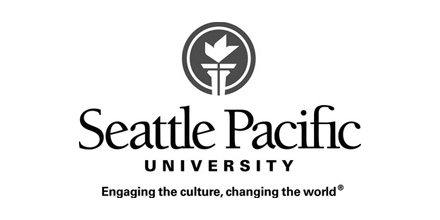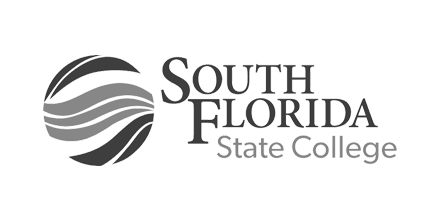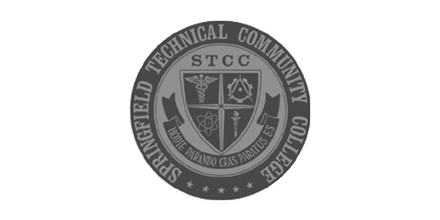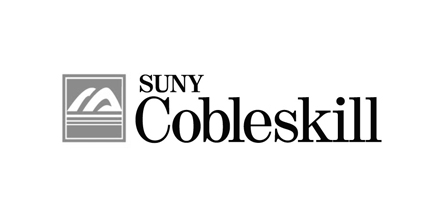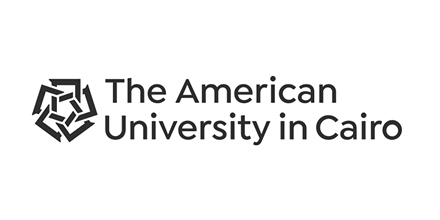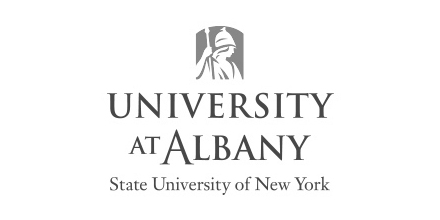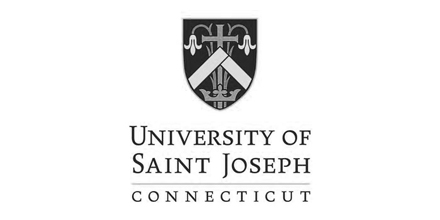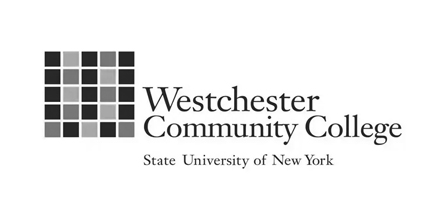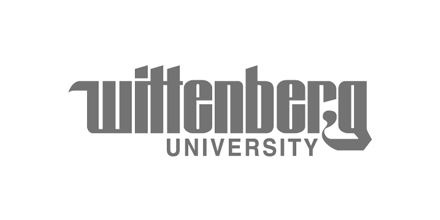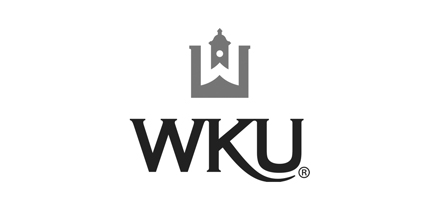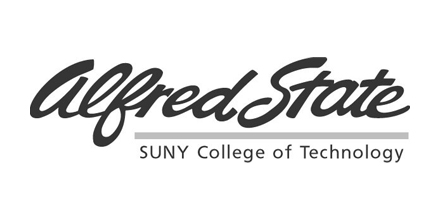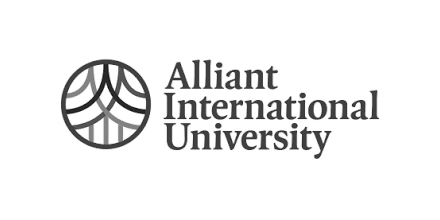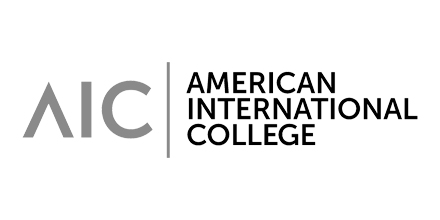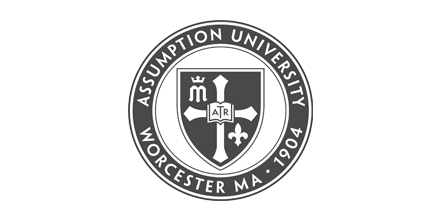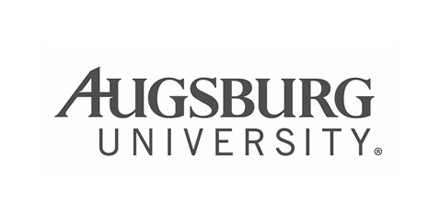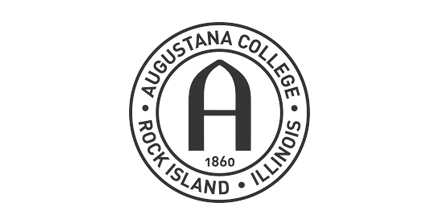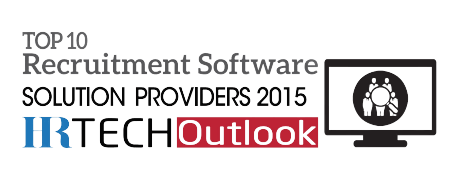One thing we know is that first impressions matter, especially when it comes to onboarding new faculty, staff, students, and even volunteers. Attracting and retaining talent is essential for institutional success. Having an onboarding process that is easy to digest and enjoyable for everyone involved can set the tone for their time at your institution and even increase their longevity. According to SHRM, 69% of employees who have a positive onboarding experience are more likely to stay with a company for a minimum of three years.
The Importance of a Thoughtful Onboarding Process
Research consistently shows that a well-structured onboarding program leads to higher job satisfaction, increased productivity, and greater retention rates. The Society for Human Resources Management (SHRM) found that when organizations have a standard onboarding process, faculty, staff and new onboardees are 50% more productive. (1)
Building a Comprehensive Onboarding Framework
Creating an effective onboarding journey for faculty and staff requires a detailed approach. Here are some key components to consider:
- Pre-Onboarding Engagement: Begin the onboarding process before the new members’ first day. Send welcome emails, introduce them to their department, and provide resources about the institution’s mission, values, and culture. This pre-onboarding engagement helps to build excitement and connection to the institution and team before they step foot on campus.
- Personalized Orientation Programs: Tailor orientation sessions to meet the specific needs of different roles. Consider including information on teaching resources, research support, administrative procedures, and campus life. Personalized sessions help new faculty and staff members feel valued and ensure they have the necessary tools for success from day one.
- Mentorship and Peer Support: Pair new faculty and staff members with seasoned colleagues who can act as mentors. This mentorship can provide invaluable guidance on navigating their new position, help the new hire build a professional network, and foster a sense of belonging. Creating a buddy system can help new hires feel less isolated and better integrated into the institutional community.
- Clear Communication of Expectations: Clearly articulate the expectations for the role. Discuss performance metrics, evaluation processes, and opportunities for professional development. Transparency in expectations can help new faculty and staff members feel more confident in their role.
- Regular Check-Ins and Feedback: Schedule regular check-ins throughout the first few weeks and beyond to gauge how new faculty and staff members are adjusting. Provide constructive feedback and allow them to provide input on the onboarding process. This two-way communication helps foster a culture of support and shows that the institution is invested in their success.
- Cultural Integration Activities: Organize social events, faculty/staff/student luncheons, and collaborative projects that encourage new hires to connect with colleagues and other students across the institution.
Measuring Success and Continuous Improvement
To ensure the onboarding process remains effective, institutions should regularly assess its success. Gather feedback from new faculty and staff through surveys and focus groups to identify areas for improvement. Analyzing retention rates, job satisfaction scores, and faculty and staff performance can also provide valuable insights into the effectiveness of the onboarding journey.
In higher education, first impressions matter significantly. A thoughtfully crafted onboarding journey can make all the difference in retaining talented faculty and staff members. By investing time and resources into a comprehensive onboarding process, institutions can foster a sense of belonging, enhance job satisfaction, and ultimately build a stronger, more resilient academic community. As universities continue to navigate the challenges of recruitment and retention, it is clear that a commitment to effective onboarding is an essential strategy for long-term success for both the faculty and staff as well as their students.



